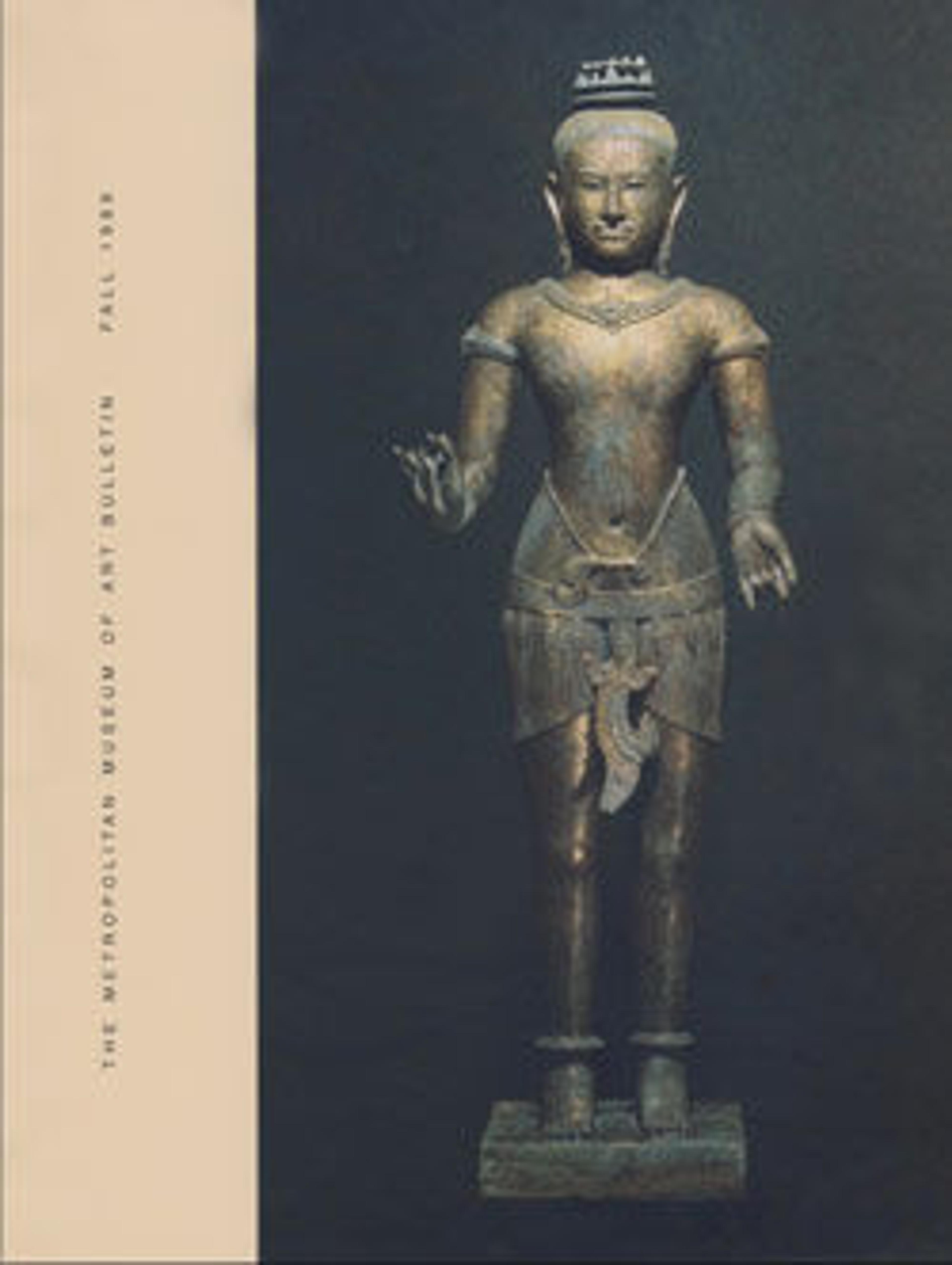Dung-Chen
Although Confucianism remained the basis for the structure of government in China, it was Buddhism, introduced in the first century B.C.E., which flourished from the Han to the Tang (206 B.C.E.–C.E. 907). Among the instruments associated with Buddhism was the dung-chen, a long trumpet played for preludes, processions, and morning and evening calls to prayer. It was unusual for musical instruments to be enameled; cloisonné was usually reserved for containers, such as boxes or vases. This Tibetan-style long trumpet was among the many instruments made in China and sent as gifts to impress officials of bordering nations. Gifts of musical instruments and the musicians who played them were common in east Asia. This political custom promoted the dissemination of musical ideas. The dung-chen, like many Asian trumpets, collapses for storage.
Artwork Details
- Title: Dung-Chen
- Period: Ming Dynasty
- Date: 1368–1644
- Geography: China
- Culture: Chinese
- Medium: Brass, copper, cloisonné
- Dimensions: Height: 76 in. (188 cm)
Diameter (Of bell): 12 1/16 in. (30.6 cm) - Classification: Aerophone-Lip Vibrated-trumpet / trombone
- Credit Line: Purchase, Gift of Mr. and Mrs. Robert P. Freedman, by exchange, 1988
- Object Number: 1988.349
- Curatorial Department: Musical Instruments
More Artwork
Research Resources
The Met provides unparalleled resources for research and welcomes an international community of students and scholars. The Met's Open Access API is where creators and researchers can connect to the The Met collection. Open Access data and public domain images are available for unrestricted commercial and noncommercial use without permission or fee.
To request images under copyright and other restrictions, please use this Image Request form.
Feedback
We continue to research and examine historical and cultural context for objects in The Met collection. If you have comments or questions about this object record, please contact us using the form below. The Museum looks forward to receiving your comments.
